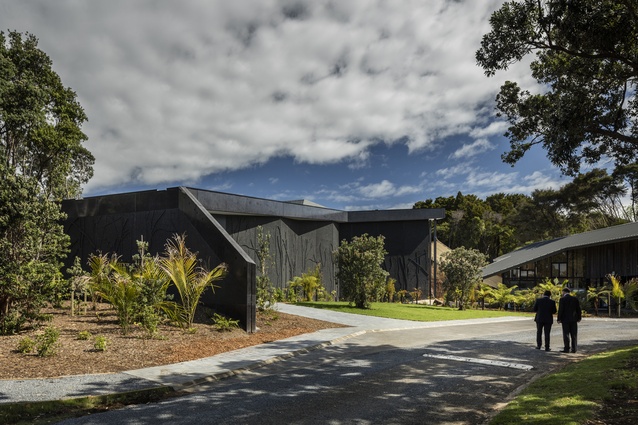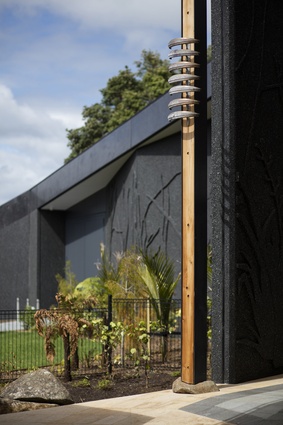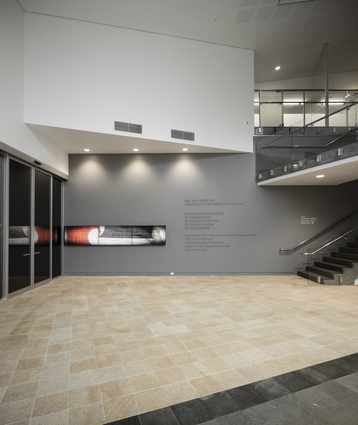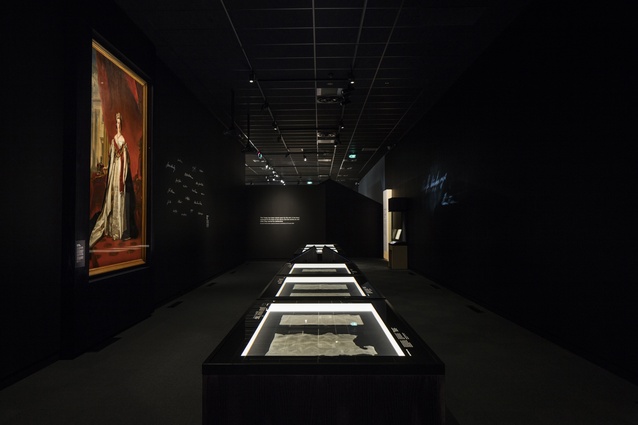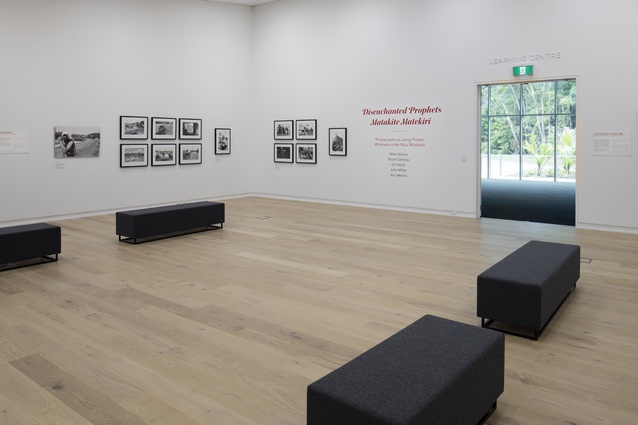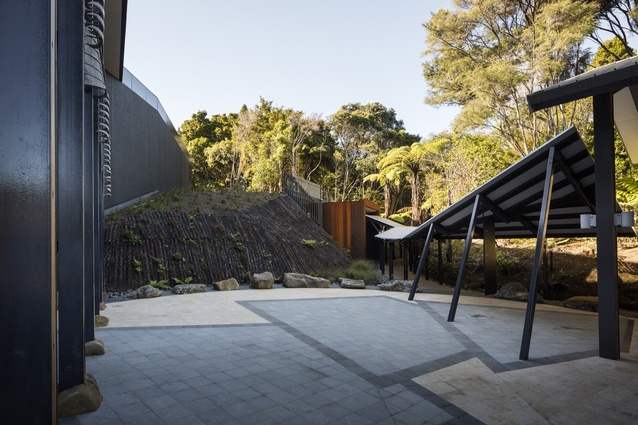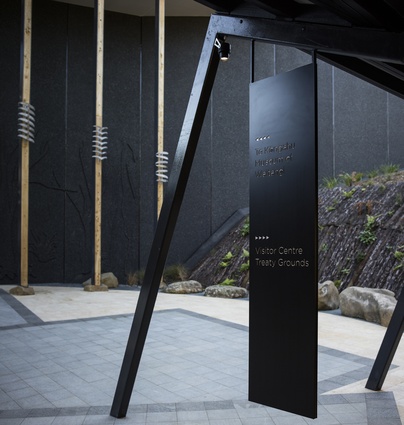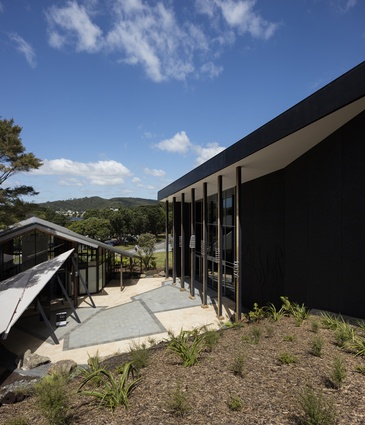The waka huia
Federico Monsalve, editor of Interior magazine, speaks to Grant Harris of Harris Butt Architects about his recently completed Waitangi Museum.
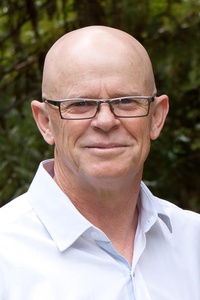
Federico Monsalve: The Waitangi Museum is a very significant building in terms of history and the emotions surrounding the Treaty of Waitangi events; were there a lot of design ideas being thrown around by people seeking to express that emotional fuel?
Grant Harris: No, in fact the design part of it was relatively straightforward. It’s a pretty powerful building that tells an incredibly important story, but it sits in the landscape, rather than on it. I think from that point of view there is a lot of interpretation and misconception about what the Treaty is and what it should be. It’s a great opportunity to try and clear up some of those issues and tell the story as it was.
FM: How do you stitch that into the building?
GH: That is principally the task of the people that have been doing the fitout of the building, but that is not to say that the building itself doesn’t represent a link between the two cultures. What I have kept in the back of my mind is the idea of the jewel box, a precious container holding valuable items. That concept stretches through all generations and cultures, but if you apply this idea to Maori you end up with a thing called a waka huia, their container for the holding of precious articles. So we’ve got the jewel box and waka huia as represented in the building.
FM: Have you incorporated some of the design concepts of a waka huia?
GH: Not literally, but we have been working with Maori artist Carin Wilson to embellish and bring a bit more life to the surface of the concrete. Previously, it was just textured, exposed aggregate black concrete with a polished band that represented the lid of the building. Carin developed a patterning that extends to the end of the building and the main edge of the façade, a figurative landscape with the form of a bare tree and images of people within the panels. It illustrates the people of the land within the land, and whether that is Maori or European, it doesn’t matter. That was a really important exercise to enliven the building and give it a bit more connection with people and place.
FM: What are the materials used for the museum?
GH: It’s an interesting construction in that it’s a box within a box. That was part of the management of the environment more than anything, as well as getting services around the building, so the museum itself is well separated from the outside environment. The building itself is essentially concrete and glass. There are two big pieces of glass to the north façade and to the entrance on the east and the rest is exposed aggregate concrete with a membrane roof on it. It is a pretty simple palette.
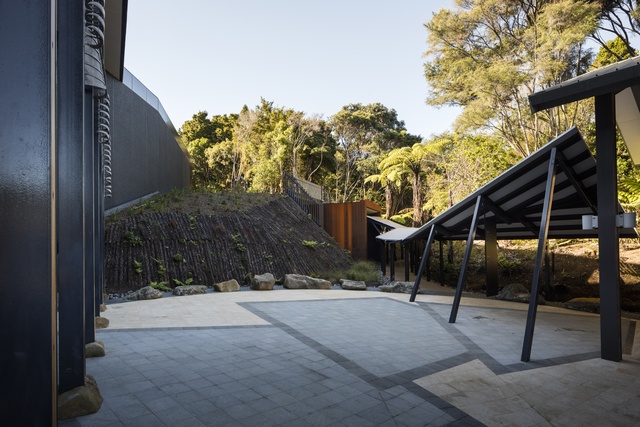
FM: The landscaping is also a crucial part of the building, isn’t it?
GH: Through the resource consent process we first dealt with Christine Hawthorne, a landscape architect in Northland, and more recently we’ve been dealing with Paul Quinlan, who has been assisting with the ultimate layout of the plants. Originally the building was to have a green roof on it, but unfortunately we just couldn’t afford it. I don’t think the building is any the worse for it however, give the re-established planting five years and the building will feel as though it has always been there
FM: Foyers are quite important in Maori constructions, as they are a place of welcome. What was your main goal there?
GH: The foyer refers back to both John Scott [the original architect of the Waitangi visitor centre] and Professor Dick Toy, who were active through the 1970s and ‘80s. In their work they often used the form of the whare, the veranda space, which illustrates the connection between inside and outside; that transition space. We tried to create a courtyard, also developed with Carin Wilson, which led into a large, light-filled open foyer. We focused on creating a place that lets you know you have arrived, and then you can make your choice of where you’re going to go from there.
FM: When you were doing your research for the project did you have any other museums or institutions in mind that you kept coming back to?
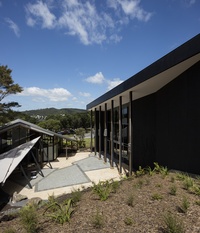
GH: The Museum of Modern Art in Vienna is a really interesting building. It’s a granite-clad box, slightly sculptural in form. It’s got a generous foyer that leads you into the building, but from the outside all you see is this beautiful shaped building, it doesn’t reveal much. It goes down a floor or two, but the separation between the courtyard and the building itself is very small. Standing on the edge inside and looking down, you are aware that this building disappears into the ground. It’s those sorts of concepts that also apply to Waitangi.
FM: What is the relationship between the museum and the other buildings on the Waitangi grounds?
GH: One of the most significant connections is between the waharoa, the entry building, and the museum. If you walk up the path and turn around you’ll see what looks like a fractured line between the two buildings. This jagged line is borne by the two roof shapes of the museum and the waharoa, but if you brought them together they would actually meet. So, although the museum is a totally different form, there is a subtle geometric relationship between the two buildings.
FM: Is it fair to say the idea of a museum is a purely European conception?
GH: There are certainly design elements in the Museum of Waitangi which reference ancient architecture. Take the seven columns at the front of the building, on which Carin has applied sculptural elements that reflect the meaning behind the Treaty. The seven columns come down onto a rock that’s obviously connected to the ground, so essentially there you’ve got the classical column with its plinth dating back to the time of the ancient Romans and the Greeks.
The entrance portal reflects that interstitial space between inside and outside of the whare, but it also connects to the simple vernacular of the European. This is a building that creates a link between Maori and European, it’s not innately one culture or the other. Maybe it’s just purely Waitangi, and if we manage to achieve that, that will be a real delight!
FM: For people who have not yet been to the museum, what are three things that they should look out for in the building, that would help unravel its artistry or craft?
GH: One of the three things I am delighted with is the transition that occurs from the waharoa. There is a covered walkway that goes from the museum through to the visitors centre and as you come out of the waharoa there is a structure that introduces you to the atea, it turns you into the museum. That is the number one moment for me, because it’s that point that introduces you to the façade of the museum itself.
The foyer itself is great, a lovely large veranda space. The other parts of the building that I really enjoy are the two galleries upstairs, the internal gallery and the seminar space at the top. The seminar looks out back into the bush and the gallery itself is just a lovely, nicely proportioned room.
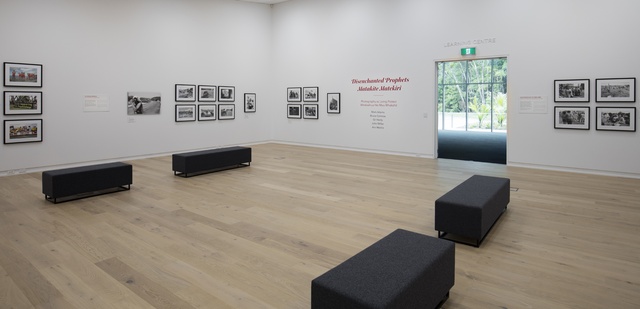
FM: It’s a type of pilgrimage for a lot of people to go to Waitangi, isn’t it?
GH: I think it’s a trip that not enough people make. If you remove all the politics and the things that occur the day before Waitangi, just go up there and enjoy. It’s a great place to be.
FM: Was it daunting at any stage to be responsible for such an important project?
GH: No, I don’t think it was actually. I think it might have become that way if I had become too bound up in different people’s interpretations of what Waitangi is about. Then we may have never done the building! What it kept coming back to is the realization that the building is really a vessel for the things that are going to be in it, and that the building plays second place.
We focused on creating an environment in which the articles can be properly displayed and looked after. Beyond that we also started off with the idea that the building would just end up becoming a part of the landscape. As I said in five years’ time hopefully all you’ll see is the entrance as you come into the building. The rest of it will be covered with or filtered with vegetation. Ultimately the landscape will dominate.
A review of the Waitangi Museum appears in the March 2016 issue of Interior magazine.

